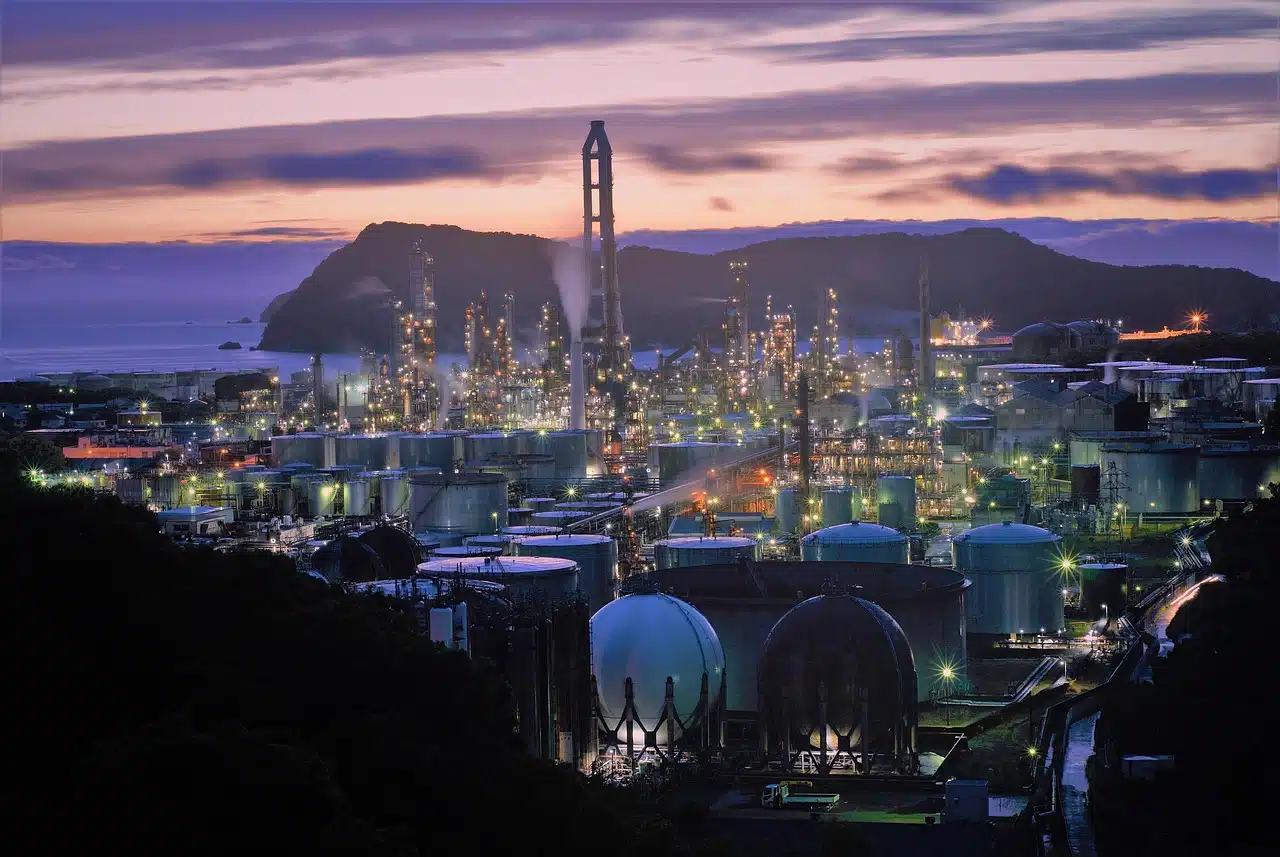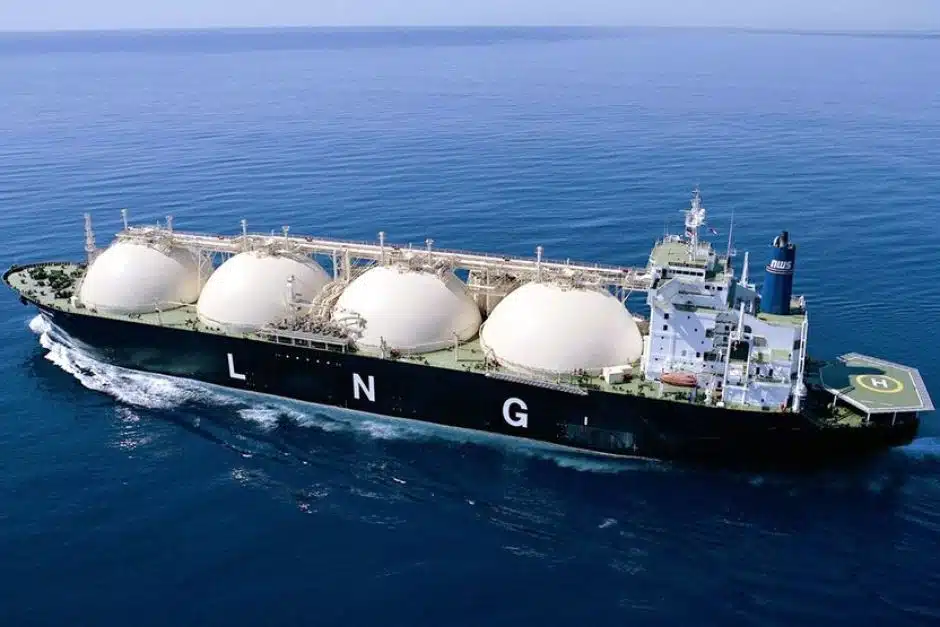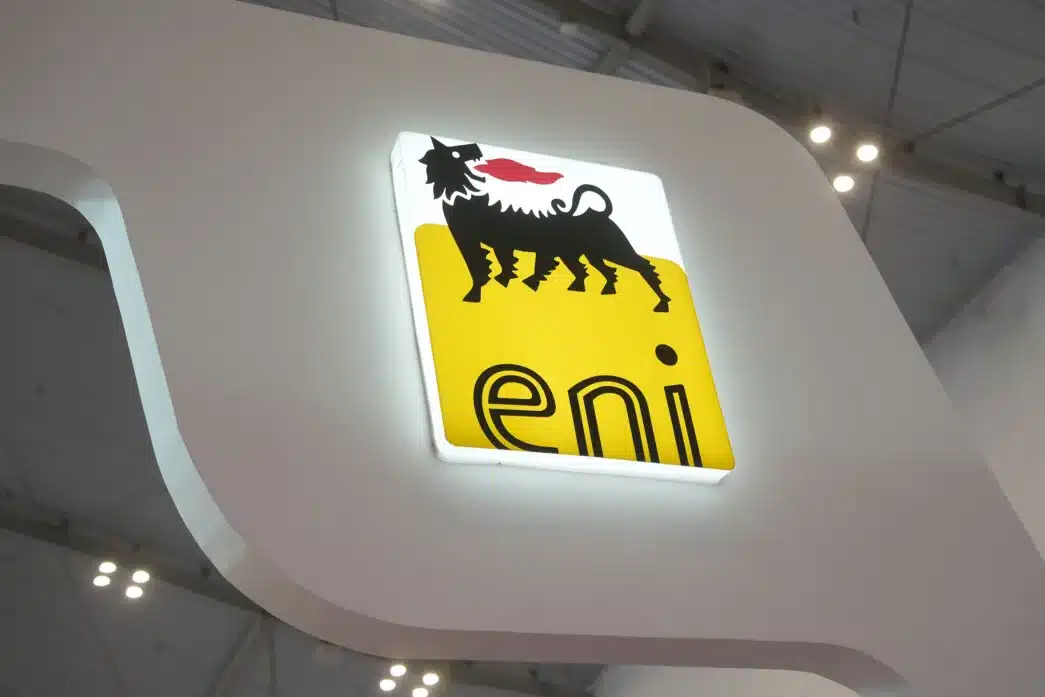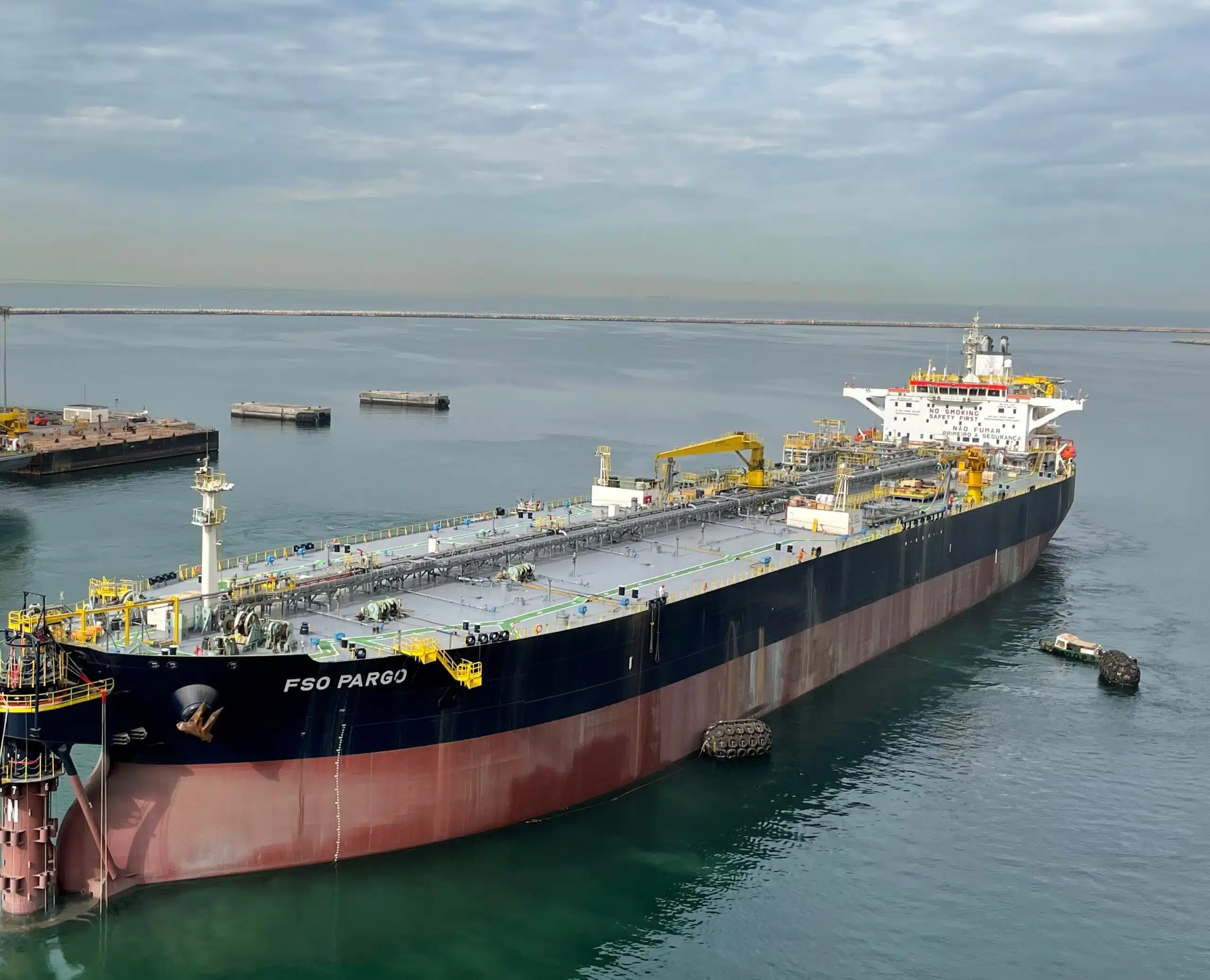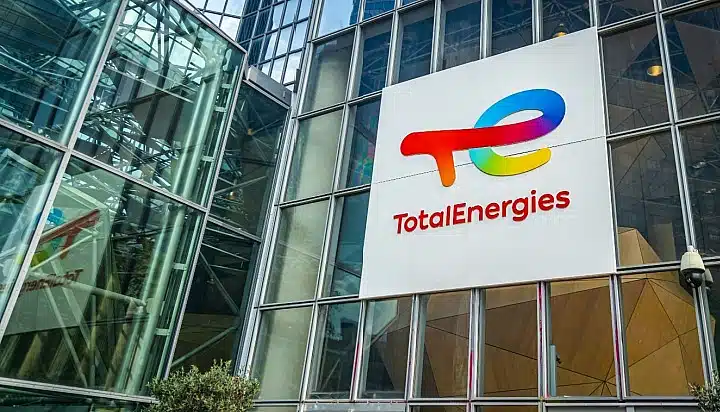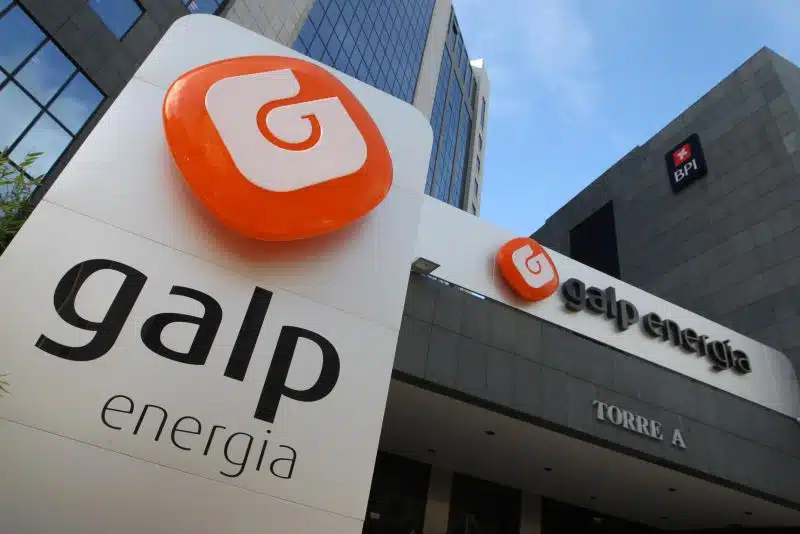Nigeria has attracted over $4.9 billion in capital expenditure for Non-Associated Gas (NAG) projects in the past four years, following the implementation of a strategic regulatory roadmap by the Nigerian Upstream Petroleum Regulatory Commission (NUPRC).
This was disclosed by NUPRC CEO Gbenga Komolafe (represented by the Executive Commissioner, Development and Production, Enorense Amadasu) on Wednesday while speaking at the 3rd Gas Investment Forum in Lagos.
Since the enactment of the Petroleum Industry Act (PIA) in 2021, NUPRC has approved more than 25 NAG Field Development Plans, unlocking 9,790 billion standard cubic feet (BSCF) of reserves and 3.54 BSCF per day of gas production.
NAG refers to natural gas found in reservoirs that do not contain significant quantities of crude oil.
Unlike associated gas (AG), which is produced alongside oil, NAG exists independently and is extracted from gas-only fields.
Komolafe said the Commission aims to unlock over 55 trillion cubic feet (TCF) of uncommitted gas reserves for long term energy security through monetisation and infrastructure expansion initiatives.
Nigeria’s proven gas reserves now stand at 210.54 TCF, comprising 109.51 TCF of NAG and 101.03 TCF of Associated Gas (AG).
Of this, 55 TCF (about 26%) remains uncommitted to any monetisation project, representing a significant opportunity for investors.
Production and utilisation trends
Gas production in Nigeria has shown steady growth, rising from 6.91 BSCF/D in 2023 to 7.61 BSCF/D in 2025.
At the current rate, Nigeria is still far from the government’s target of 10 BSCF/D by 2027 and 12 BSCF/D by 2030.
Domestic consumption accounts for 28% of total utilisation, while exports via LNG and the West African Gas Pipeline (WAGP) represent 35%. Field use, including gas lift and reinjection, makes up 29%.
The NUPRC listed key regulatory milestones and reforms that have shaped Nigeria’s gas landscape, over the years including:
- Associated Gas Re-injection Act (1979)
- National Gas Policy (2008)
- Flare Gas Regulations (2018)
More recent instruments such as the Domestic Gas Delivery Obligation Regulations (2022), Methane Emissions Regulations (2023), and Tax Incentives Order (2024) have also reinforced NUPRC’s pro-investment stance.
Despite these reforms, Nigeria still faces huge gas flaring problems.
NUPRC’s gas report for H1 2025 showed that about 7.39% of the total gas (AG and NAG) produced during the period was flared. That amounts to about 101.4 BSCF gas flared during the period.
Similarly, according to a World Bank flare tracker report (July 2025), total gas flaring in Nigeria increased by 12% in 2024.
About 60% of the flares were said to have originated from assets operated by indigenous oil firms, including NNPC, which also accounted for roughly 75% of the overall increase last year.
Pipeline of projects and export focus
The Commission is currently overseeing 19 active gas development projects.
These include 10 production facilities and 9 pipeline ventures, with a combined capacity of 3.55 BSCF/D.
Of these, 88% are in the engineering phase, while 12% have advanced to construction or fabrication.
Notably, 86% of new gas production is earmarked for export, primarily as feedstock for Nigerian LNG, while 23% (142 MMSCF/D) is directed toward the domestic market.
NUPRC said it was also facilitating upstream gas supply for major infrastructure projects including NLNG Train 7, the AKK Pipeline, and the Brass Fertilizer and Petrochemical Project.
AKK successfully crossed the River Niger in July, a major milestone, NNPC boss Bayo Ojulari described as “a critical step that keeps the project firmly on track to meet our deadline.”
It is targeted for completion in Q4 2025.

